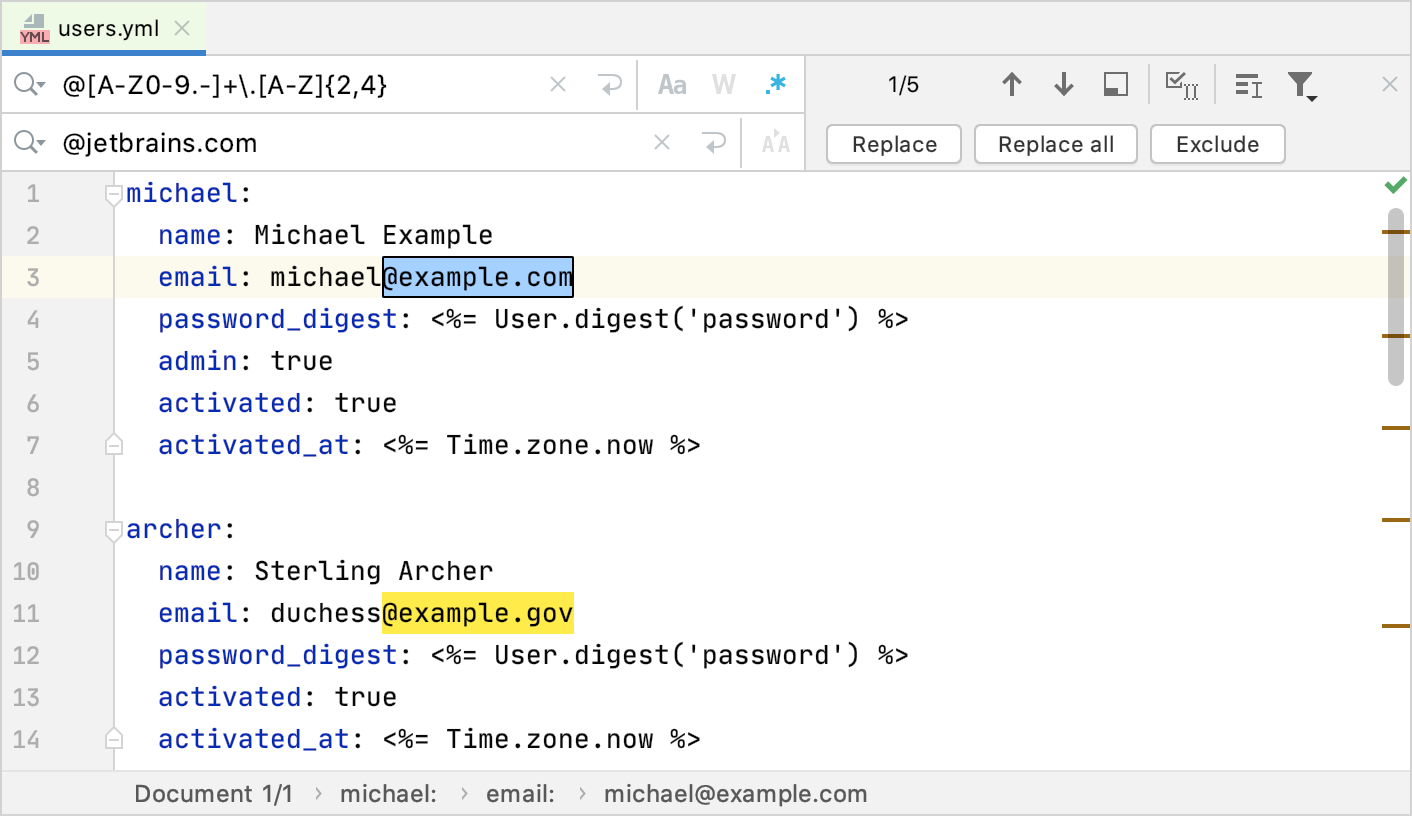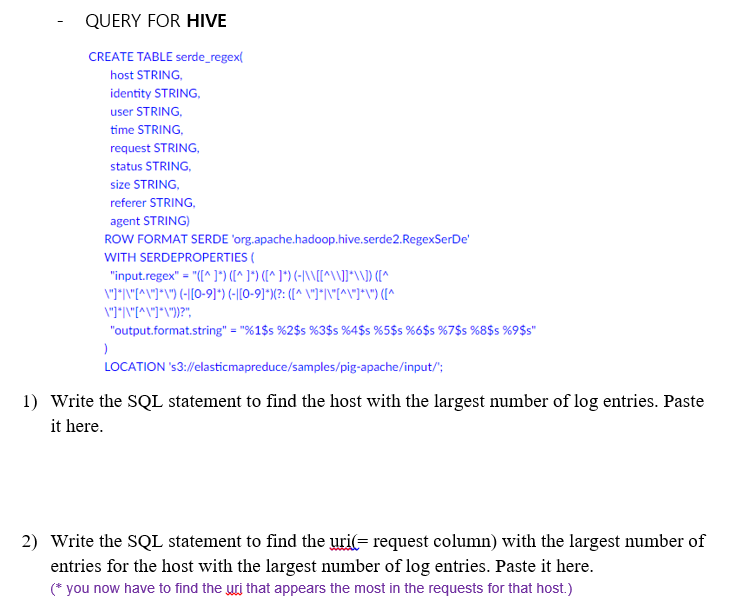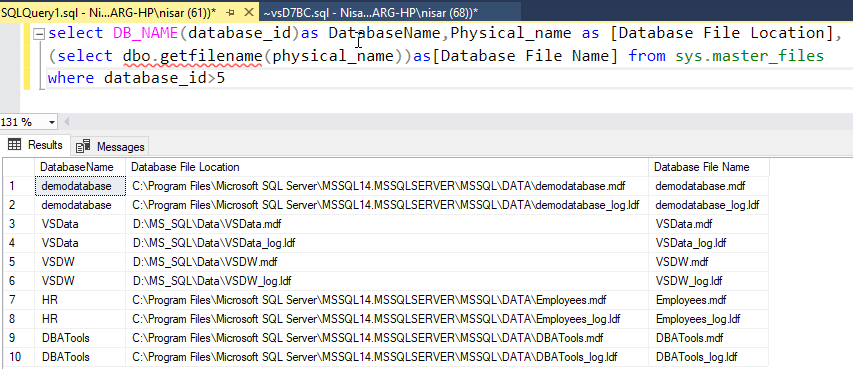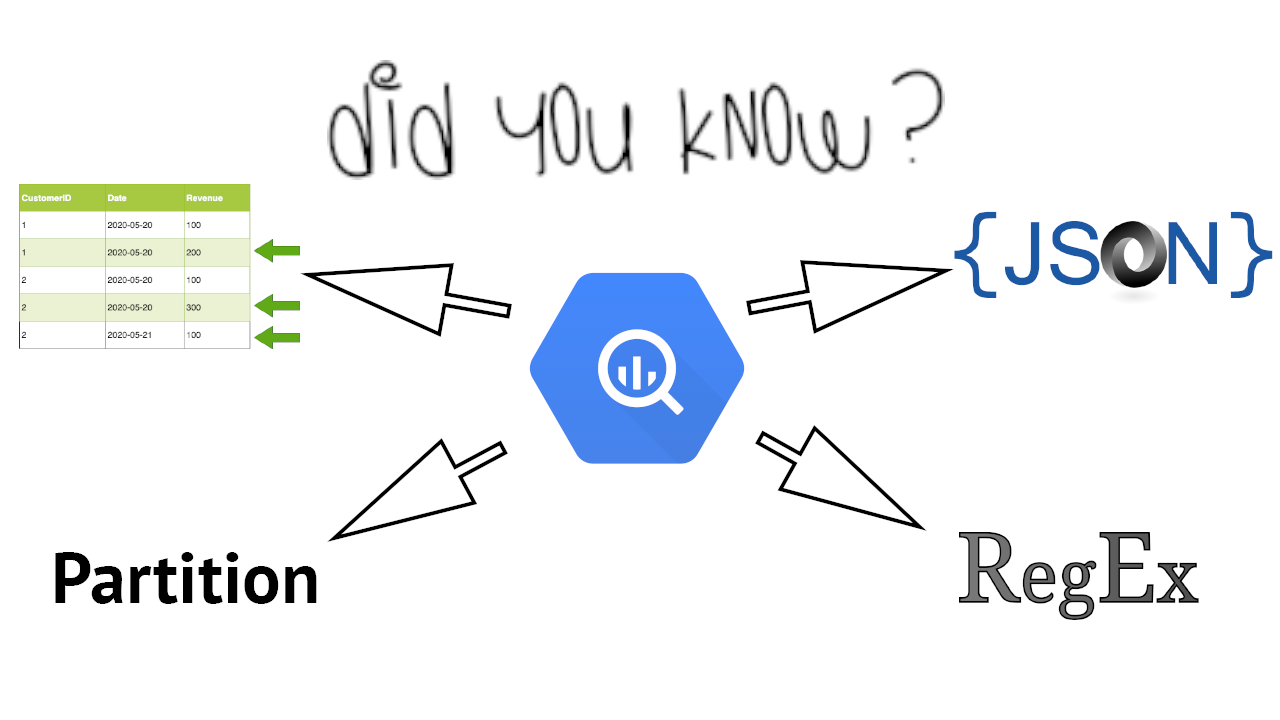


- #REGEX FOR NUMBER FORMATING IN SQL HOW TO#
- #REGEX FOR NUMBER FORMATING IN SQL REGISTRATION#
- #REGEX FOR NUMBER FORMATING IN SQL DOWNLOAD#
Your new method will also have a SqlFunction attribute applied to it. The new method is added to the partial class that contains all of your functions.

Simply add a new item to the project and select User-Defined Function when prompted. NET code, making debugging a simple process.Īdding a function is just like adding a new class to any other project type. Breakpoints can be set in both the SQL script and in your. The IDE then runs the test script designated for the project. This kind of project is different than most Visual Studio projects because when you attempt to debug (or start without debugging), the project is recompiled and the resulting assembly, as well as all of the SQLCLR objects defined within it, are then deployed to and registered with SQL Server.
#REGEX FOR NUMBER FORMATING IN SQL REGISTRATION#
To make things easier, Visual Studio® 2005 takes care of all of the registration processes on your behalf when you use a SQL Server Project. For functions, the CREATE FUNCTION statement has been extended to support the creation of CLR user-defined functions. To use the SQLCLR objects, you must register the assembly with SQL Server using the new CREATE ASSEMBLY statement and then create each object pointing to its implementation within the assembly. NET Framework.ĬLR user-defined functions are simply static methods (shared functions in Visual Basic) defined within a. However, now there's SQLCLR, a CLR user-defined function (UDF) that lets you create an efficient and less error-prone set of functions using the Microsoft®.

The only alternative was to create an extended stored procedure. For most purposes this was too inefficient and caused too many performance problems. Using the sp_OACreate stored procedure, any OLE automation object that implemented regular expressions could be used, but you had to create a COM object first, then make at least one IDispatch call, then destroy the object. Regular expressions could actually be used in earlier versions of SQL Server, but the process was inefficient. Oracle introduced built-in regular expressions in 10g, and many open source database solutions use some kind of regular expressions library.
#REGEX FOR NUMBER FORMATING IN SQL HOW TO#
I'll show you how to perform a variety of tasks, some simple and some amazing, that were considered impractical or impossible in SQL Server™ 2000, but are now possible in SQL Server 2005 due to its support for hosting the common language runtime (CLR). It is easy to see how they would be helpful for comparing text to identify records, but there is so much more they can do. In fact, regular expressions provide a much more efficient and elegant solution. Attempting to perform any sophisticated text analysis using the built-in string functions results in massively large functions and stored procedures that are difficult to debug and maintain.
#REGEX FOR NUMBER FORMATING IN SQL DOWNLOAD#
This article uses the following technologies:Ĭode download available at: Regex 2007_02.exe(154 KB)Īlthough T-SQL is extremely powerful for most data processing, it provides little support for text analysis or manipulation. Effective uses for regular expressions in a database.Support in SQL Server 2005 for regular expressions.Efficient SQL querying using regular expressions.Regular Expressions Make Pattern Matching And Data Extraction Easier


 0 kommentar(er)
0 kommentar(er)
